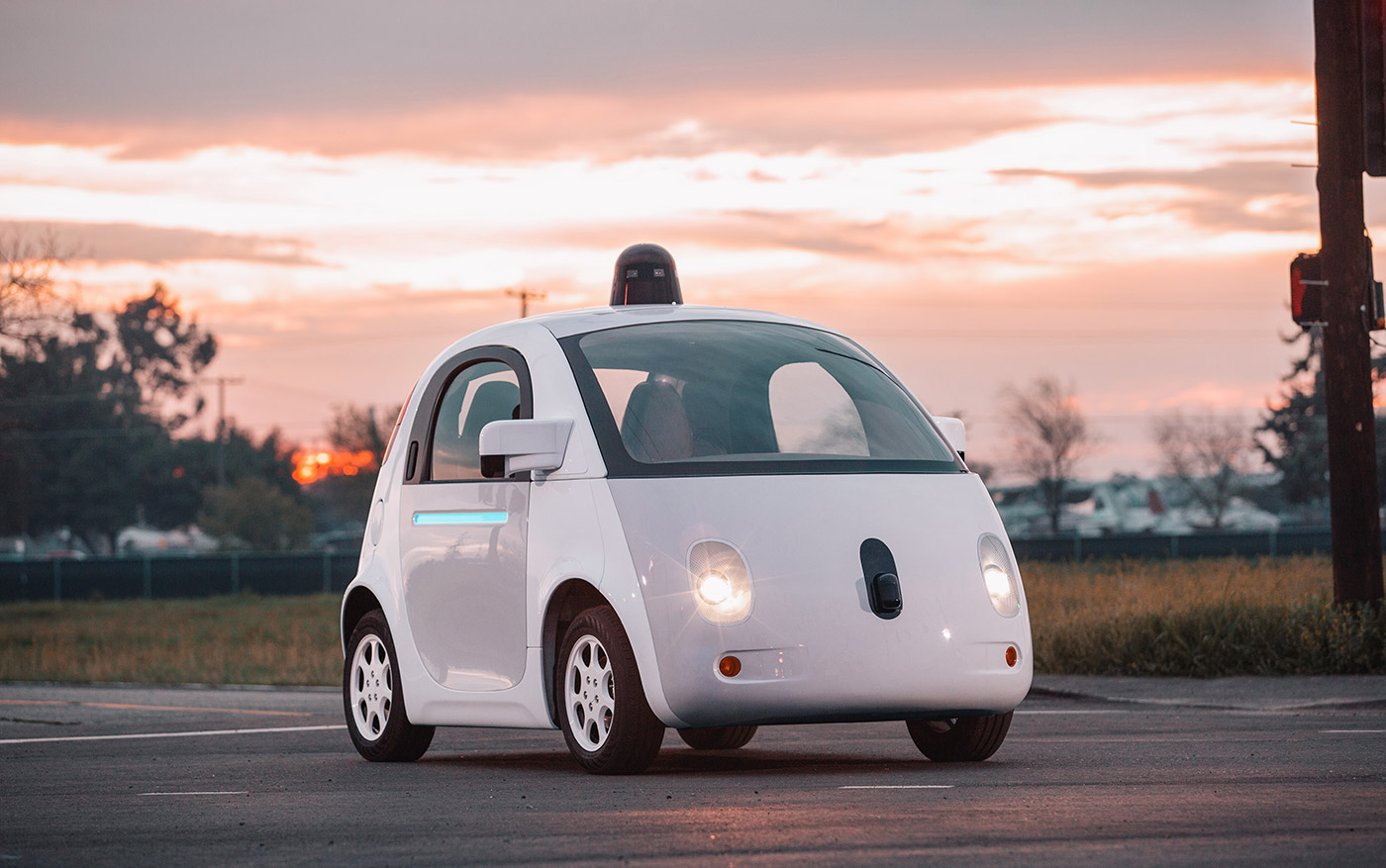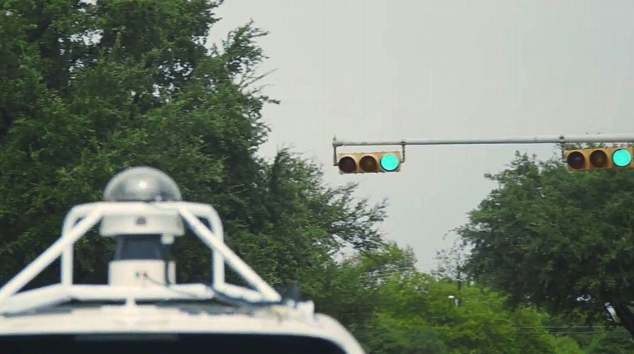Google cars travel 5 million kilometers a day in a virtual environment.
Google has released a new monthly report on work on unmanned vehicles. In it, the company drew attention to the work with a driving simulator and to prepare for new road conditions in the form of different location of traffic lights.

Now the company has 22 Lexus RX450x and 33 prototypes of its own autonomous machines . Since the project began in 2009, these cars have driven 2.3 million kilometers in autonomous mode and another 1.5 million - in manual mode. Every day they travel from 16 to 24 thousand kilometers. But a much greater distance unmanned cars from Google are in a virtual environment - 4.8 million kilometers per day.
Testing cars on public roads is an important part of developing autonomous auto software, it helps to get a new learning experience. But before releasing a drone to the real world, endowing with new skills, Google is testing the update in a virtual environment.
')
“Virtual” car after the upgrade, every time passes over two million kilometers. So Google experts have made it more convenient for passengers to turn left at the intersection by adjusting the angle of rotation. As a result, the quality of control of robotic cars is higher than that of live drivers . They get into accidents, but, as a rule, because of people .

In California's Mountain View, traffic lights are arranged vertically, and in Austin Texas - horizontally. To train cars to work with these traffic lights, before an autonomous journey, live drivers must overcome the necessary routes. So the system will receive information about the urban environment - about road markings, about the height at which traffic lights are placed, about the height of curbs and bridges. All this data allows you to properly configure the sensors.


Driving simulator
Now the company has 22 Lexus RX450x and 33 prototypes of its own autonomous machines . Since the project began in 2009, these cars have driven 2.3 million kilometers in autonomous mode and another 1.5 million - in manual mode. Every day they travel from 16 to 24 thousand kilometers. But a much greater distance unmanned cars from Google are in a virtual environment - 4.8 million kilometers per day.
Testing cars on public roads is an important part of developing autonomous auto software, it helps to get a new learning experience. But before releasing a drone to the real world, endowing with new skills, Google is testing the update in a virtual environment.
')
“Virtual” car after the upgrade, every time passes over two million kilometers. So Google experts have made it more convenient for passengers to turn left at the intersection by adjusting the angle of rotation. As a result, the quality of control of robotic cars is higher than that of live drivers . They get into accidents, but, as a rule, because of people .

Traffic Lights in Austin
In California's Mountain View, traffic lights are arranged vertically, and in Austin Texas - horizontally. To train cars to work with these traffic lights, before an autonomous journey, live drivers must overcome the necessary routes. So the system will receive information about the urban environment - about road markings, about the height at which traffic lights are placed, about the height of curbs and bridges. All this data allows you to properly configure the sensors.

Source: https://habr.com/ru/post/367837/
All Articles